Section 80CCD of the Income Tax Act, 1961 provides for a tax deduction against a contribution made towards the National Pension Scheme and the Atal Pension Yojana. Section 80CCD provides for a tax deduction to the individual taxpayer on fulfillment of a few conditions at the time of filing of the income tax return. In this article, we have covered the deduction under section 80CCD(1), section 80CCD(1B), conditions to be fulfilled, and eligibility.
What is Section 80CCD?
Section 80CCD deduction of the Income Tax Act, 1961 is the section for deductions for contributions to NPS and Atal Pension Yojana (APY). All NPS contributions that an employer makes on behalf of the employee are also a part of this section. Section 80CCD includes two schemes, NPY and APY. Additionally, it contains two subsections Section 80CCD1 and Section 80CCD2.
Section 80CCD(1) Deduction Against Contribution Towards NPS
Eligible Taxpayer
The following taxpayers are eligible to claim the deduction against the contribution towards the pension account:
- An individual employed by the Central Government
- An individual employed by any other employer
- Any other employee, basically a self-employed person
Tax Deduction Limit
The taxpayer can claim the tax deduction of the total amount deposited not exceeding
- An employed taxpayer- 10% of his/ her salary during the financial year. The salary includes dearness allowances and excludes any other allowances and requisites.
- A self-employed taxpayer- 20% of his/ her gross total income during the financial year
Illustration
Miss Puja, a Central Government employee invested Rs 72,000 to her NPS account. The following are tax deduction calculations:
| Particulars | Amount |
| Contribution to NPS | Rs 72,000 |
| Basic Salary | Rs 2,60,000 per annum |
| Dearness Allowance | Rs 80,000 per annum |
| Perquisites | Rs 17,000 per annum |
| Type of Employment | Central Government |
| Tax Deduction Limit | 10% of his/ her salary |
| Eligible SalaryPerquisites are not included in salary | Rs 3,40,000Rs 2,60,000 plus Rs 80,000 |
| Tax Deduction Allowed Under Section 80CCD(1) | Rs 34,000Rs 3,40,000 * 10% |
Section 80CCD(1B) Deduction Against Contribution Towards NPS
Eligible Taxpayer
The following taxpayers are eligible to claim the deduction against the contribution towards the pension account:
- An individual employed by the Central Government
- An individual employed by any other employer
- Any other employee, basically a self-employed person
Tax Deduction Limit
- The taxpayer can claim an amount paid or deposited by the taxpayer towards the National Pension Scheme NPS and Atal Pension Yojana APY. However, the tax deduction must not exceed Rs 50,000 in a financial year.
- The deduction of Rs 50,000 is over and above the tax deduction under section 80CCD(1). Hence, you can claim a tax deduction under both subsections. However, you cannot claim the deduction if you have already claimed it under section 80CCD(1).
Illustration
Miss Puja, a Central Government employee, invested Rs 72,000 in her NPS account. The following are tax deduction calculations:
| Particulars | Amount |
| Contribution to NPS | Rs 72,000 |
| Basic Salary | Rs 2,60,000 per annum |
| Dearness Allowance | Rs 80,000 per annum |
| Perquisites | Rs 17,000 per annum |
| Type of Employment | Central Government |
| Eligible SalaryPerquisites are not included in salary | Rs 3,40,000Rs 2,60,000 plus Rs 80,000 |
| Tax Deduction Limit Under Section 80CCD(1) | 10% of his/ her salary |
| Tax Deduction Allowed Under Section 80CCD(1) | Rs 34,000Rs 3,40,000 * 10% |
| Eligible Tax Deduction Limit Under Section 80CCD(1B) | Rs 50,000 |
| Tax Deduction Allowed Under Section 80CCD(1B) | Rs 38,000Rs 72,000 minus Rs 34,000 (claimed u/s 80CCD(1)) |
Tax Deduction On Employer’s Contribution
If the Central Government or any other employer makes any contribution to the employee’s NPS account then the employee can claim the deduction as well. This deduction is against the contribution made by the Central Government or any other employer.
Tax Deduction Limit
- If the employer is the Central Government- 14% of the salary
- If the employer is the Central Government- 10% of the salary
Section 80CCD Along With Section 80C
- The tax deduction under section 80CCD(1B) is an additional Rs 50,000 deduction.
- The total tax deduction allowed under section 80CCD is Rs 2 lakhs. The first half is Rs 1,50,000 and the other additional deduction is Rs 50,000.
- However, the combined tax deduction under section 80C and section 80CCD cannot exceed Rs 2 lakhs.
- If you are claiming deduction under section 80CCD against a pension contribution then you cannot claim the same under section 80C
Illustration
Miss Rani invested Rs 90,000 under section 80CCD and additional Rs 55,000 against NPS. She has also invested against other eligible investments under section 80C of Rs 70,000.
Eligible deduction under section 80CCD – Rs Rs 90,000
Eligible other investments under section 80C- Rs 70,000
Along with section 80CCD (1) total deduction under section 80C= Rs 90,000 + Rs 70,000 = Rs 16,0,000
Since, section 80C is limited to Rs 1,50,000- Eligible deduction Rs 1,50,000
Additional Deduction for additional Rs 50,000 invested
Total deduction allowed = Rs 2,00,000 (Rs 1,50,000 + Rs 50,000)
Conditions to Claim Deduction under 80CCD
For claiming Section 80CCD deductions only if they fulfil the following conditions:
- Both salaried, as well as self-employed individuals, can claim deductions under Section 80CCD. However, for government employees, it is mandatory; for others, it is voluntary.
- The maximum amount of deduction available is INR 2 lakhs. This also includes the additional deduction of INR 50,000 available under section 80CCD1B
- The total deduction available for individuals under Section 80C and Section 80CCD for NPS is INR 2 lakhs.
- The money that one receives as monthly payments from NPS will be liable for taxation.
- If one receives an amount from NPS and reinvests the same in an annuity scheme, then that amount is entirely exempt from tax.
- One can claim deductions of Section 80C and 80CCD at the end of the financial year while filing income tax returns with the Income Tax Department. However, individuals must show proof of the same.
Eligibility Criteria
Following is the eligibility for claiming Section 80CCD deductions
- Citizens of India, as well as NRIs, can avail tax benefits under Section 80CCD
- Individuals taxpayers, both salaried and self-employed are eligible
- Hindu Undivided Family (HUF) do not qualify under this section
- Under Section 80CCD (1), the exemption limit is INR 1.5 lakhs. One can claim an additional exemption of INR 50,000 under Section 80CCD1B.
- An individual who is employed after 1st January 2004 by the Central Government can contribute up to 10% of the salary towards NPS.
- Individuals not employed by the Central Government can contribute a maximum of 10% towards NPS. Self-employed individuals can claim 20% on gross total income.
What are the major highlights of the National Pension Scheme under section 80CCD?
NPS has become a popular investment product in recent years. The scheme was initially opened only to government employees but has now been opened for self-employed and private sector employees as well. It allows the investors to create a long-term corpus that will help them lead a stable life post-retirement.
Highlights of the National Pension Scheme:
- Contribution to the NPS is mandatory until 60 years of age in the case of central government employees. It is optional for the rest of the individuals.
- As per section 80CCD(1), the maximum deduction is restricted to 10% of the salary in the case of an employee. The deduction in the case of self-employed individuals is restricted to 20%.
- Section 80CCD(1B) provides for an additional deduction of up to Rs. 50,000 of the amount paid by an individual assessee under NPS, despite any earlier deduction claimed under section 80CCD(1).
- Deduction under section 80CCD(1) is subject to the overall limit of Rs. 1,50,000 under section 80CCE. The deduction under section 80CCD(1B) is in addition to the limit of Rs. 1,50,000.
- The employer’s contribution would be included in the salary of the employee. Deduction under section 80CCD(2) would be restricted to 14% of the salary in the case of a contribution made by the central government. The same is restricted to 10% of salary in case of a contribution made by any other employer.
- The limit of Rs. 1,50,000 under section 80CCE does not apply to the employer’s contribution to the pension scheme under section 80CCD(2).
- There are two types of accounts under NPS, Tier 1 and Tier 2. In order to claim the deduction under section 80CCD, investors must contribute a minimum amount of Rs. Rs. 6000 per year or Rs. 500 per month in the account.
- A partial or complete withdrawal is allowed under NPS. However, in the case of a lump sum withdrawal, 40% has to be invested in an annuity plan.
Tier I Account
This Account type is a default and non-withdrawal permanent retirement account. Tier I account, allots the subscriber a unique identification number, Permanent Retirement Number (PRAN). The minimum investment amount for Tier I accounts is INR 500 and after that INR 1,000 or more every year. Also, the NPS account allows the subscriber to withdraw only 60% as a lump sum during retirement. The remaining 40% to be used to buy an annuity plan. The motive behind this is to ensure regular pension to the subscriber.
Tier 1 account investments fall under the Exempt-Exempt-Tax (E-E-T) regime. The investments and gains are exempt from tax. The investments up to 1,50,000 qualify for tax deduction under 80CCD(1) and 80CCD(2) (combined) of the Income Tax Act. Furthermore, an additional investment of 50,000 qualifies for tax deduction under Section 80CCD(1B) making the total deductions available to INR 2 lakhs.
Tier II Account
Tier II Account is a voluntary retirement cum saving account. However, one can open the account only if they have a Tier I account. In comparison to Tier I accounts, Tier II accounts offer more flexibility in terms of deposits and withdrawals. The minimum investment amount for a Tier II account is INR 1,000. Moreover, one can maintain a zero balance and it’s not compulsory to invest every year. Also, subscribers can invest or withdraw their fund anytime.
Furthermore, Tier II accounts don’t offer any 80CCD tax deductions for self-employed individuals and private sector employees. However, the account has a three-year lock-in period for government employees. They can also claim tax benefits for investments made into the Tier II account.
Check Out the The Difference Between NPS and APY
Frequently Asked Questions
The subscribers can submit the transaction statement which they can get from their investment platform as investment proof. Alternatively, the subscribers can also download the receipt of the contributions made from the NPS login. The same can be downloaded from the submenu “Statement of Voluntary Contribution under National Pension System (NPS)” available under the main menu “View” in NPS account log-in.
In the case where the subscriber attains the age of 60, up to 40% of the total corpus withdrawn in lump-sum is exempt from taxation. Let us understand this with the help of an example. Suppose the total corpus at the end of 60 years for Mr. A is Rs. 20 lakhs. Mr. A can withdraw 8 lakhs, being 40% of 20 lakhs without paying any tax.
The subscriber can partially withdraw from an NPS tier I account before the age of 60 for specified purposes.Post-2017, the amount withdrawn up to 25 percent of subscriber contribution is exempt from tax.
The amount invested in the purchase of an annuity plan is fully exempt from tax. However, the receipts in the subsequent years will be subjected to income tax.
Section 80CCD is a subsection of Section 80C. Section 80CCD is for deductions under the National Pension Scheme (NPS) for the employee and employer’s contributions. It also includes voluntary self-contribution made by the employee. The maximum deduction available under Section 80C and 80CCD is INR 1.5 lakhs. There is also an additional INR 50,000 available under Section 80CCD(1b) for contribution to Atal Pension Yojana and self-contribution to NPS.
The maximum deduction allowed under Section 80C of the Income Tax Act 1961 is INR 1.5 lakhs. One can deduct the expenses and investments they made from the allowed INR 1,50,000. The expenses allowed under this section are stamp duty and registration of a new house, home loan EMIs, children’s tuition fee, and LIC premiums. After deducting these expenses, if there is any excess left. Then one can invest in the allowed list of investments based on their goals and risk profile. The investments allowed under Section 80C are PPF, EPF, ELSS funds, SSY, NSC, SCSS, ULIPs, tax-saving FDs, and infrastructure bonds.
Popular Income Tax Sections
Related Articles
- What is Section 80CCD?
- Section 80CCD(1) Deduction Against Contribution Towards NPS
- Section 80CCD(1B) Deduction Against Contribution Towards NPS
- Tax Deduction On Employer’s Contribution
- Section 80CCD Along With Section 80C
- Conditions to Claim Deduction under 80CCD
- What are the major highlights of the National Pension Scheme under section 80CCD?
- Frequently Asked Questions
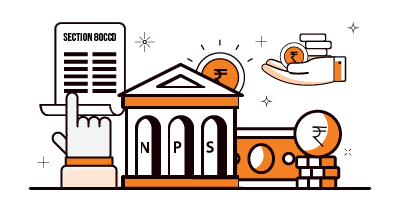











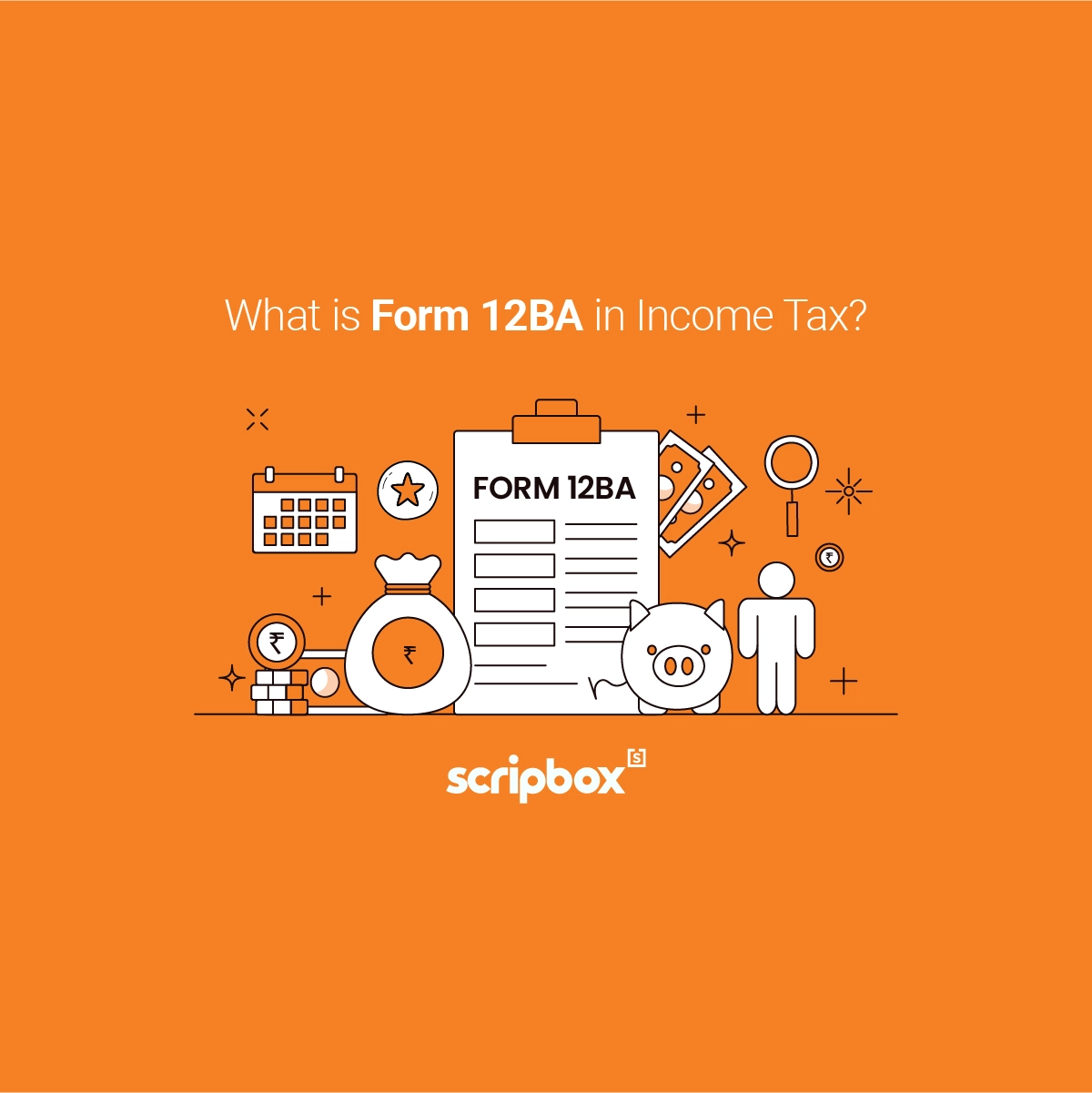
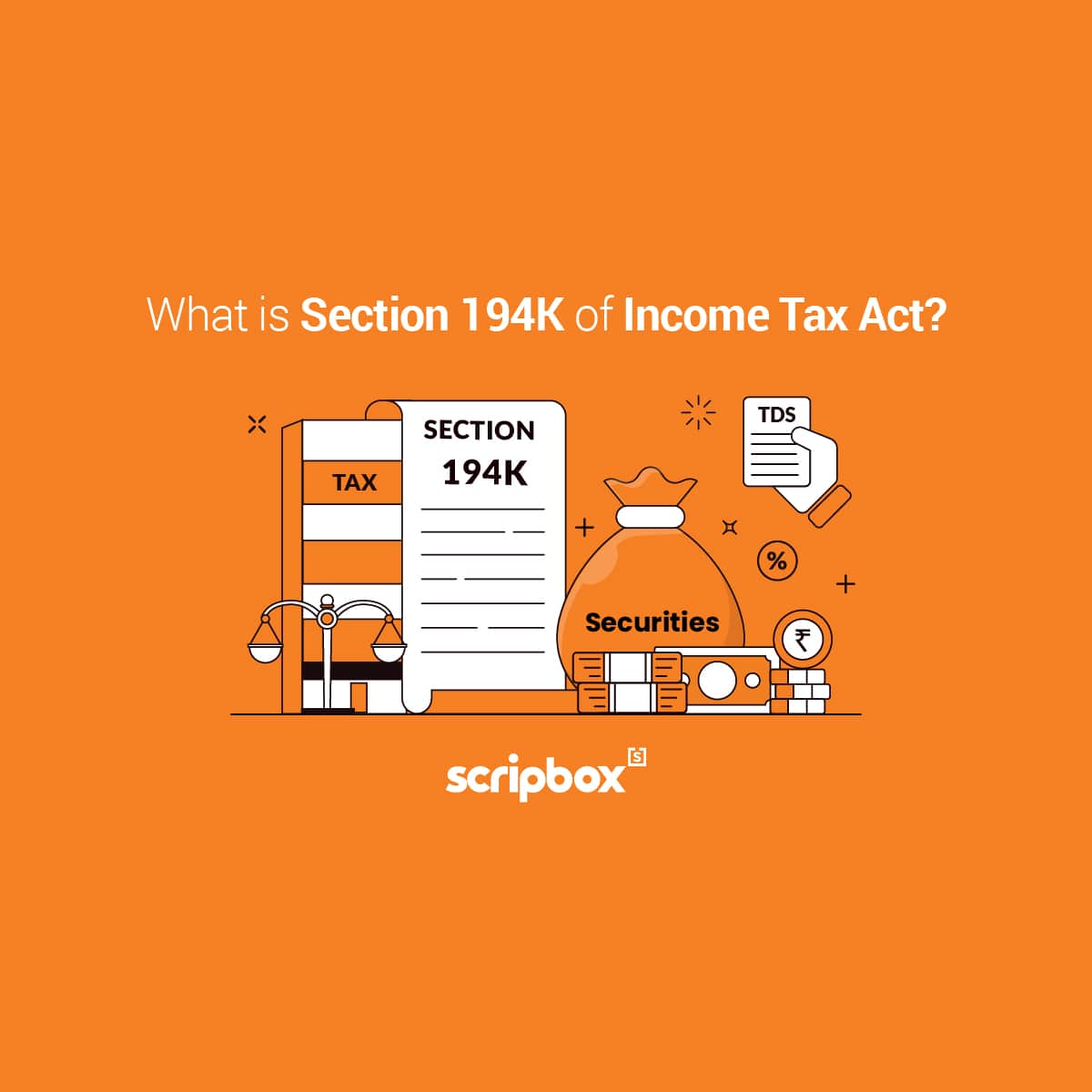
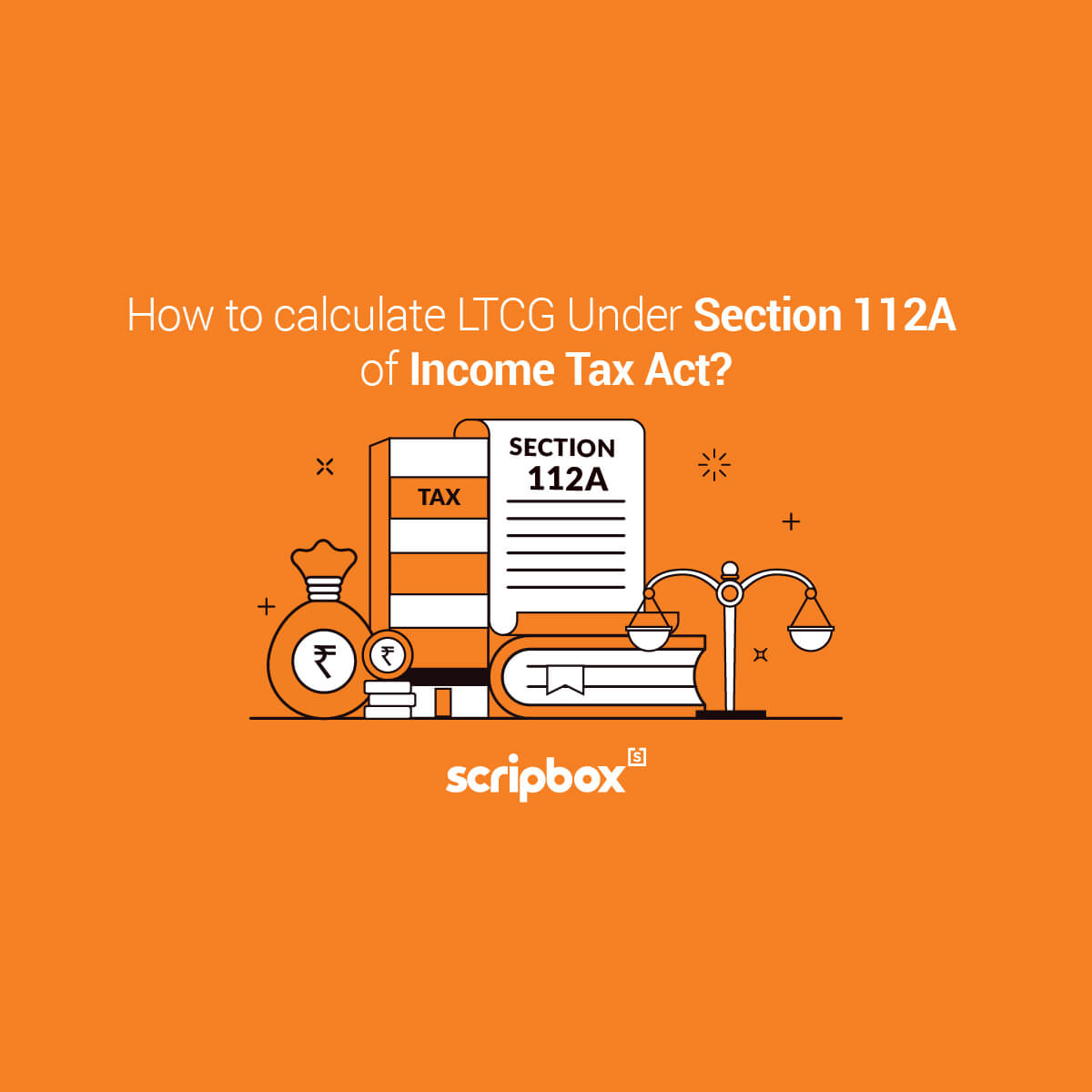
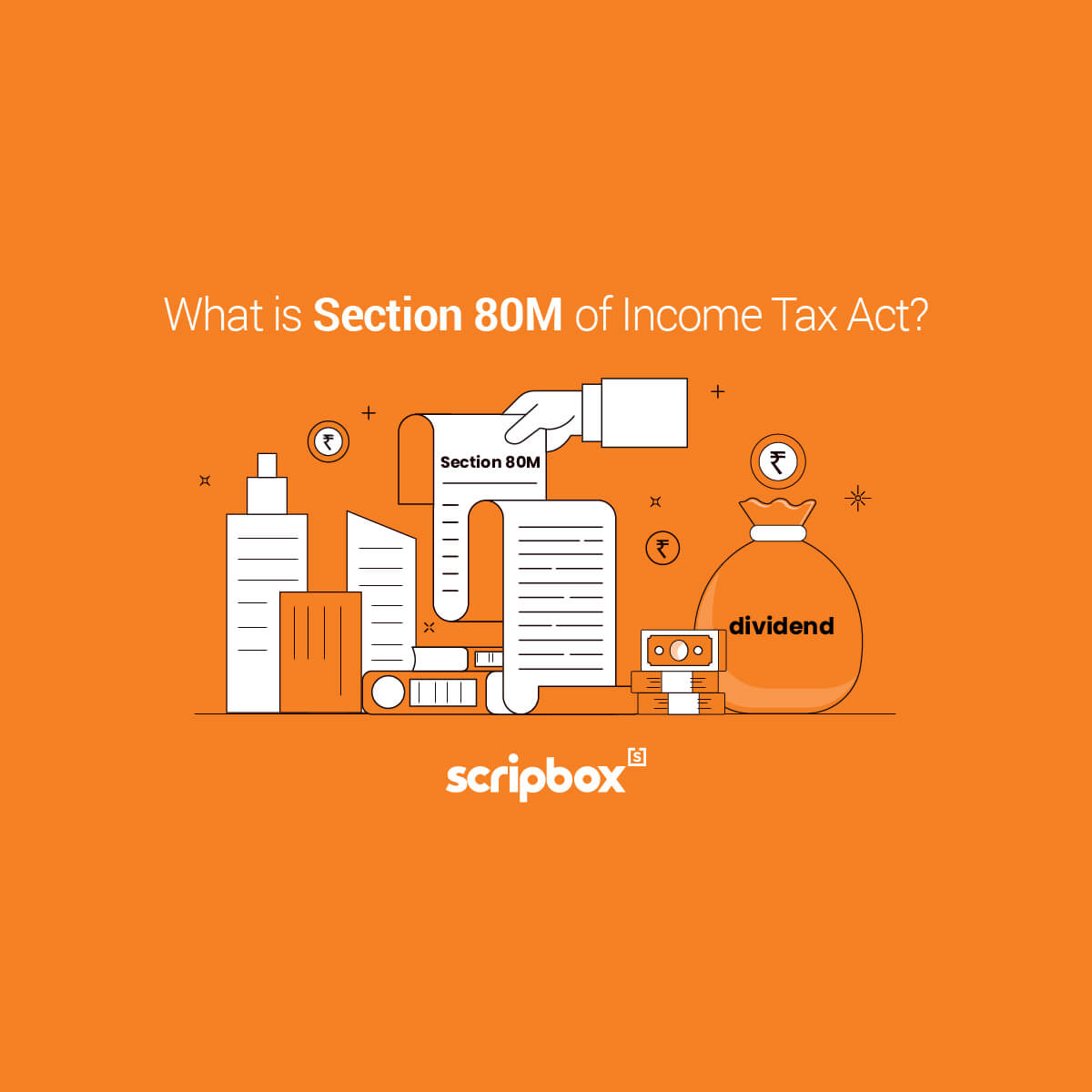
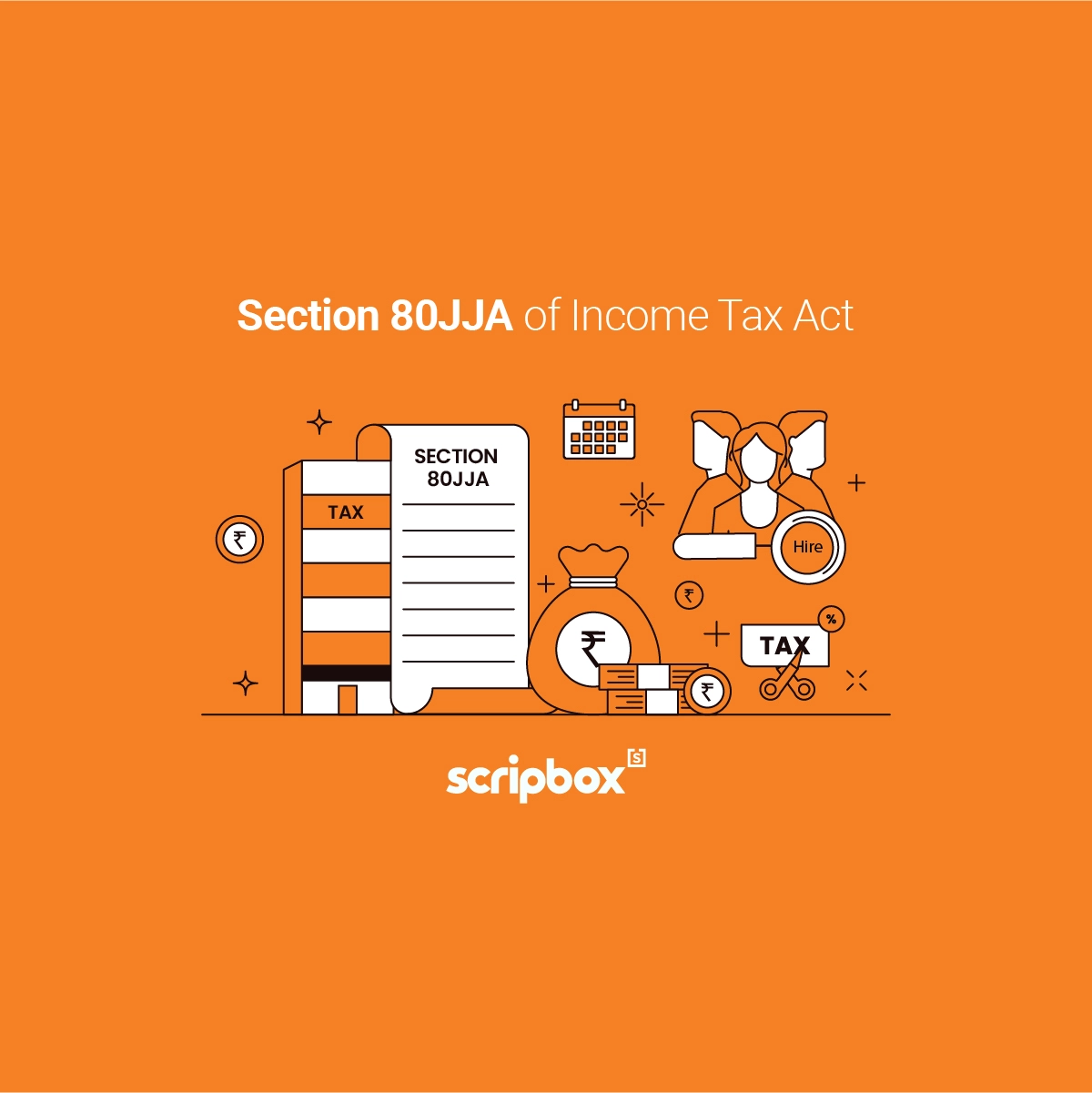







Show comments